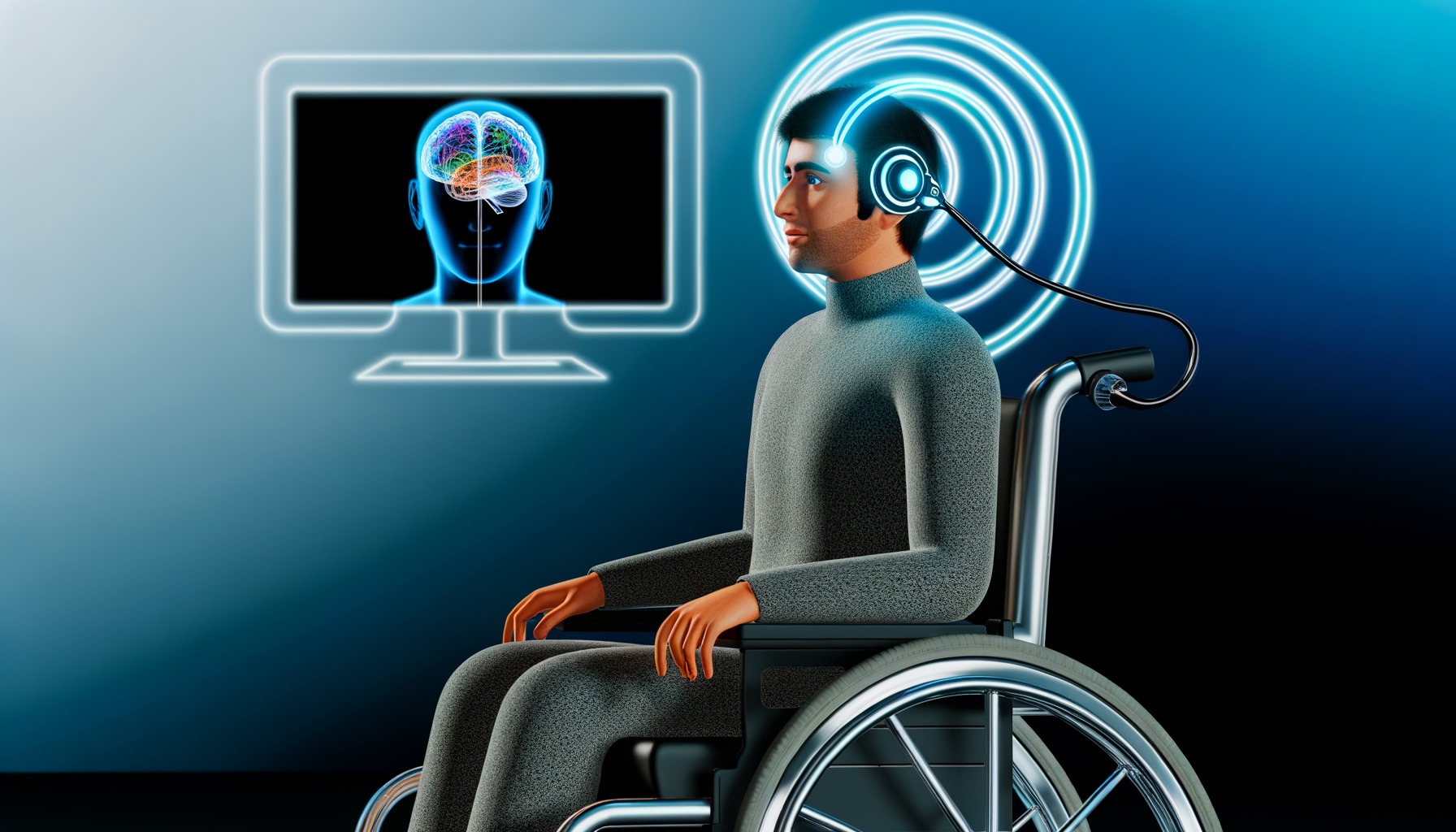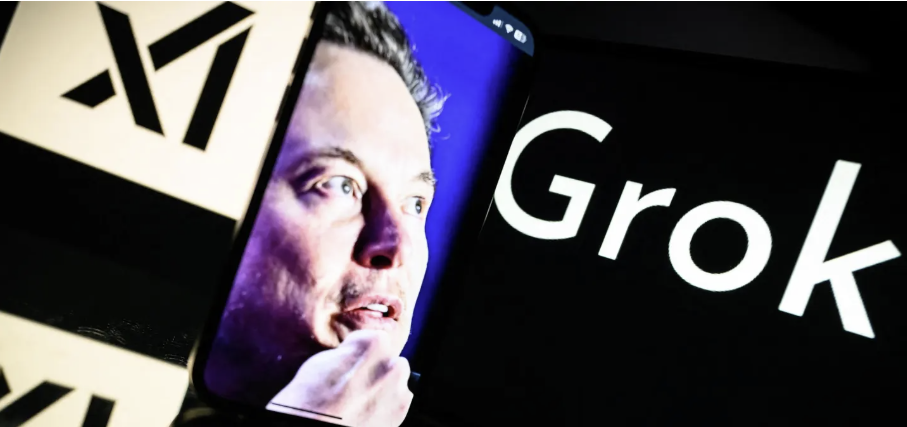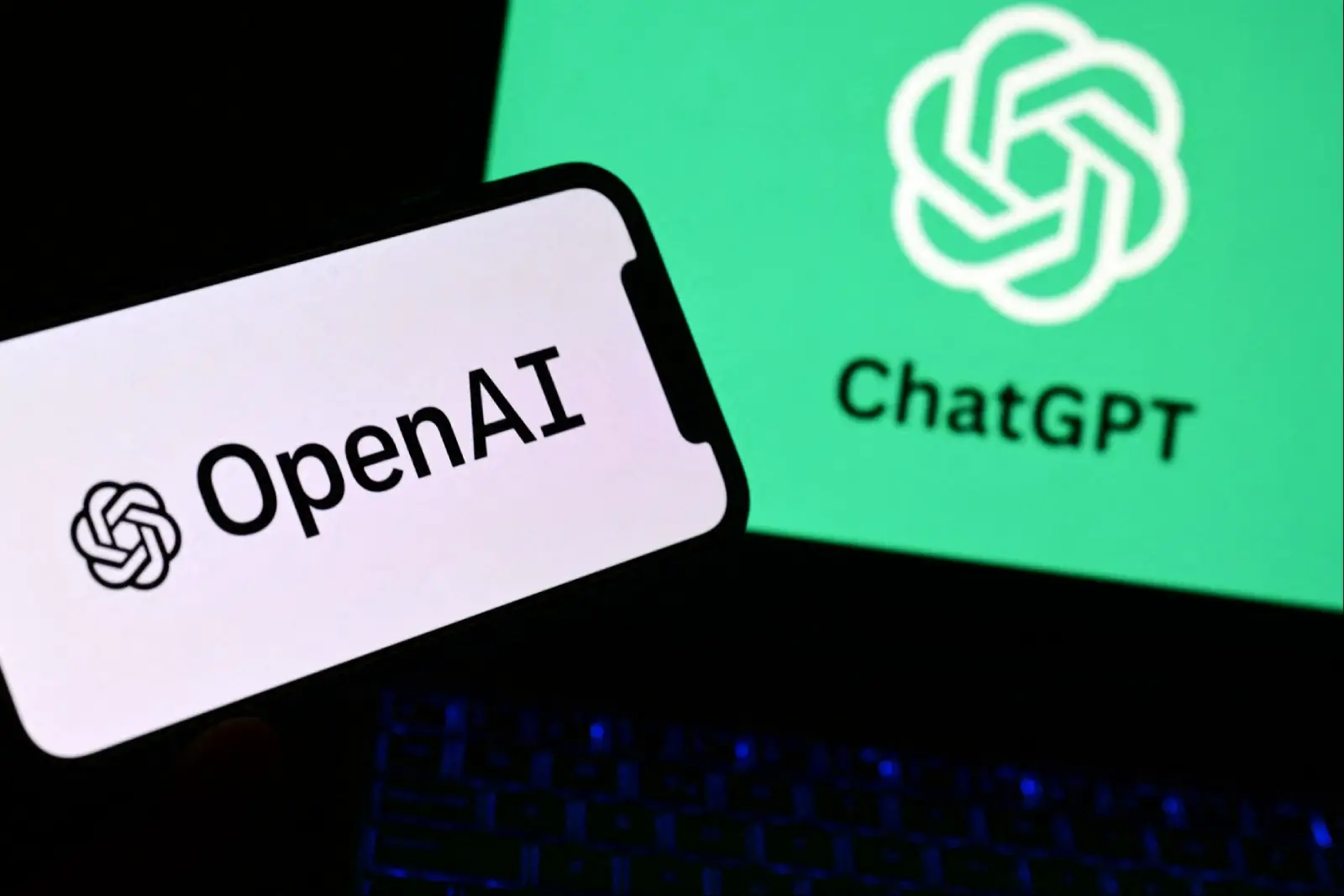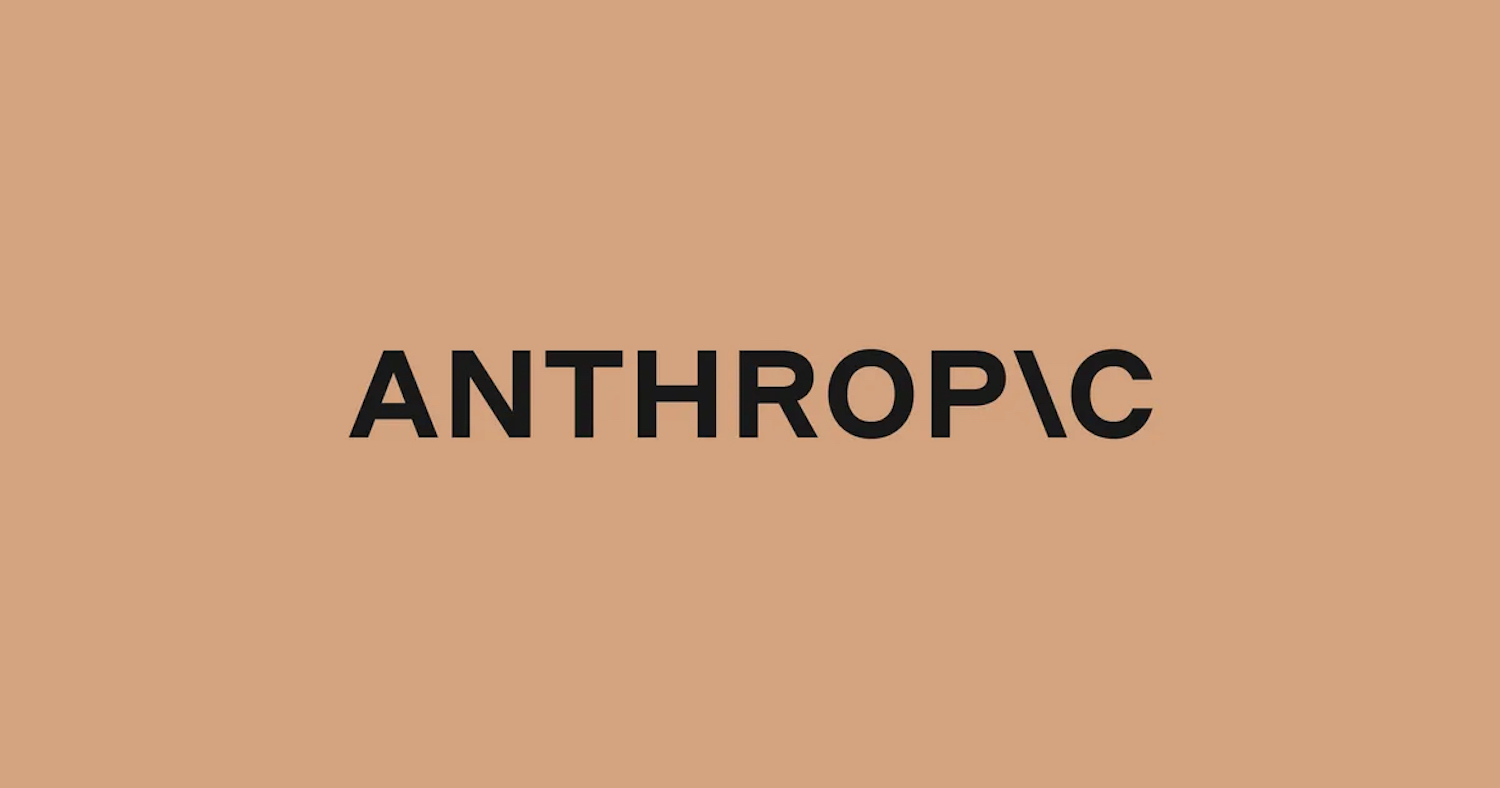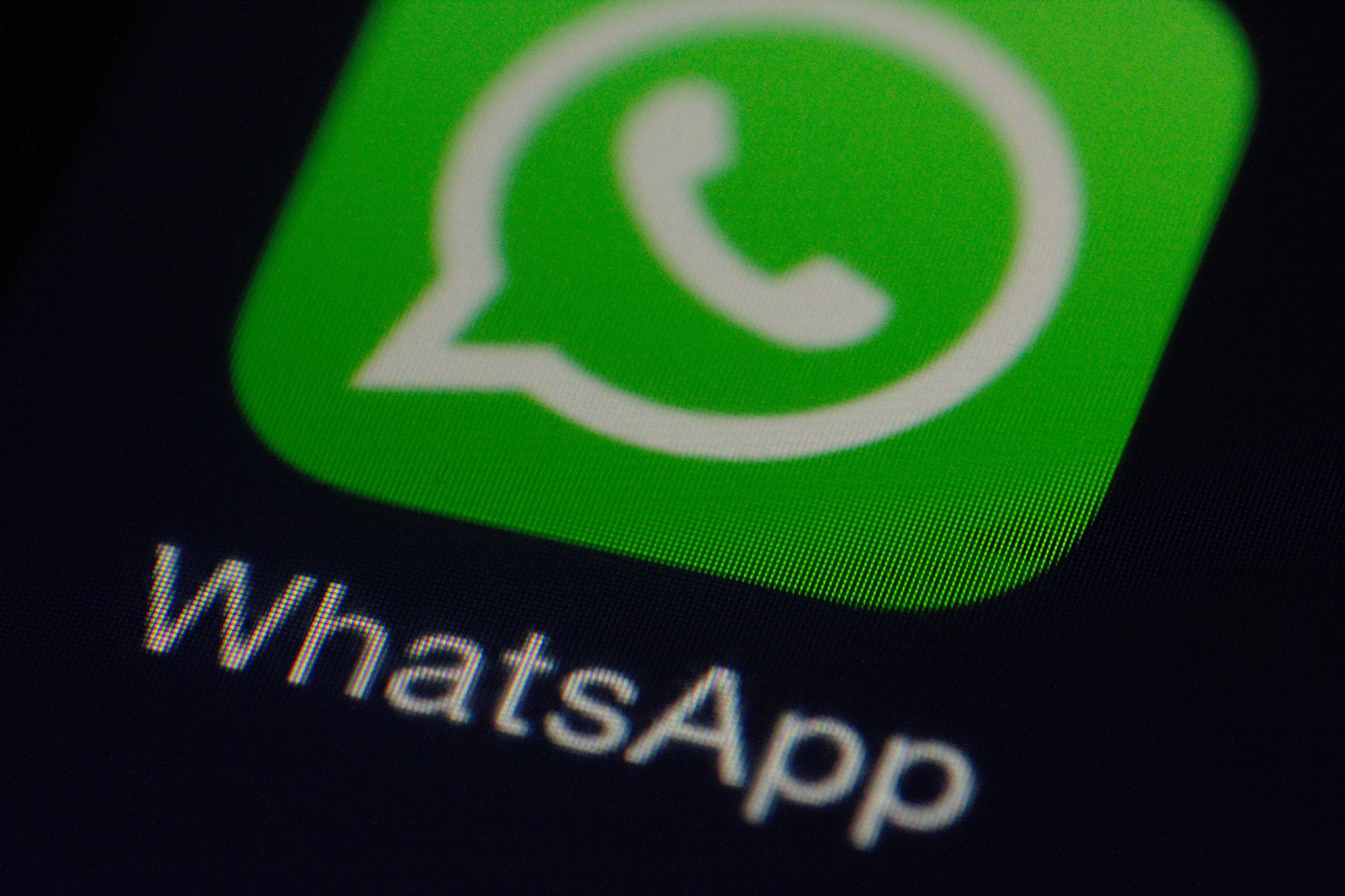A new AI system named DreamConnect can now translate a person’s brain activity into images and then edit those mental pictures using natural language commands.
Instead of merely reconstructing thoughts from fMRI scans, the breakthrough technology allows users to reshape their imagined scenes actively. For instance, an individual visualising a horse can instruct the system to transform it into a unicorn, with the AI accurately modifying the relevant features.
The system employs a dual-stream framework that interprets brain signals into rough visuals and then refines them based on text instructions.
Developed by an international team of researchers, DreamConnect represents a fundamental shift from passive brain decoding to interactive visual brainstorming.
It marks a significant advance at the frontier of human-AI interaction, moving beyond simple reconstruction to active collaboration.
Potential applications are wide-ranging, from accelerating creative design to offering new tools for therapeutic communication.
However, the researchers caution that such powerful technology necessitates robust ethical safeguards to prevent misuse and protect the privacy of an individual’s most personal data, their thoughts.
Would you like to learn more about AI, tech and digital diplomacy? If so, ask our Diplo chatbot!

